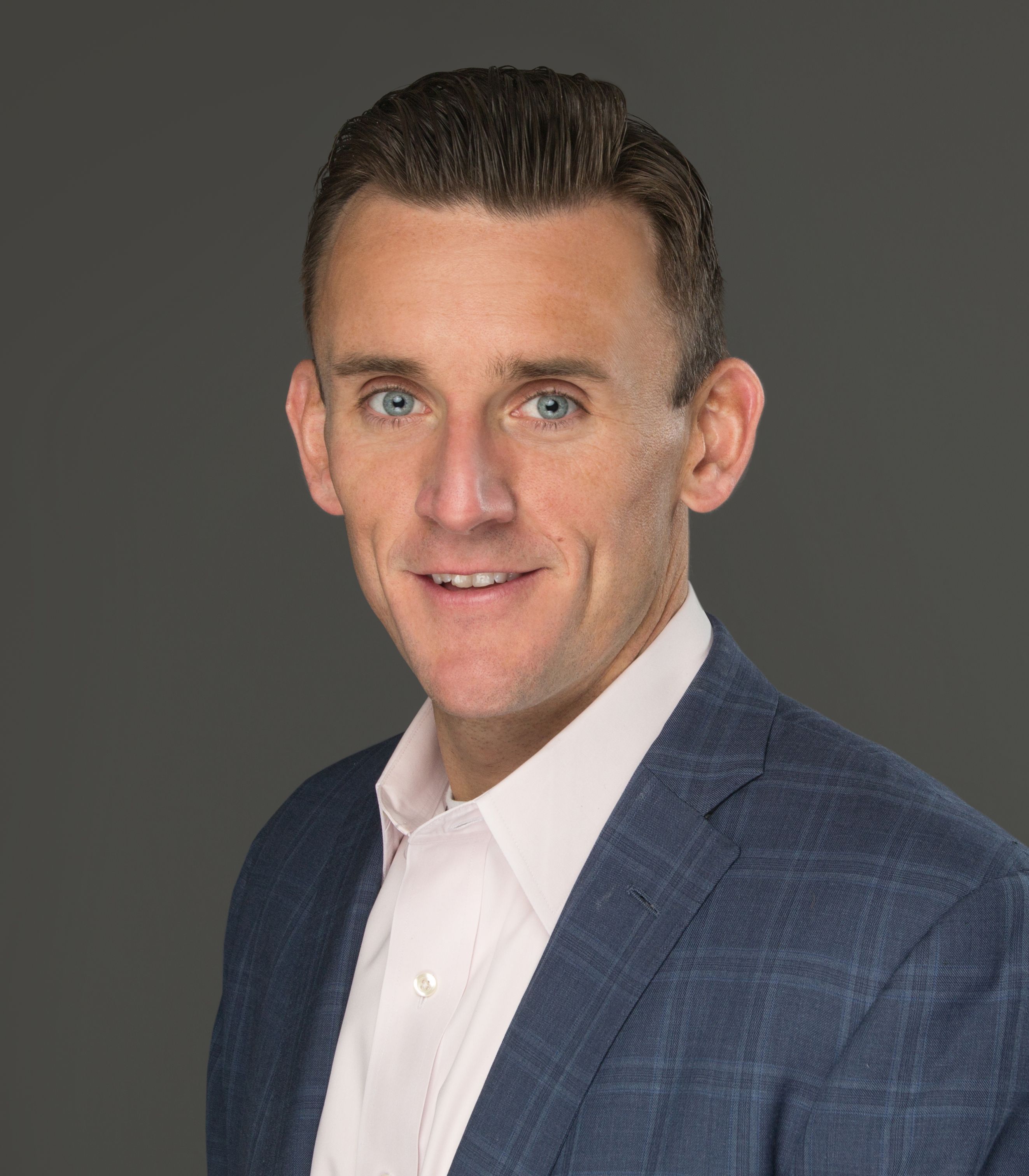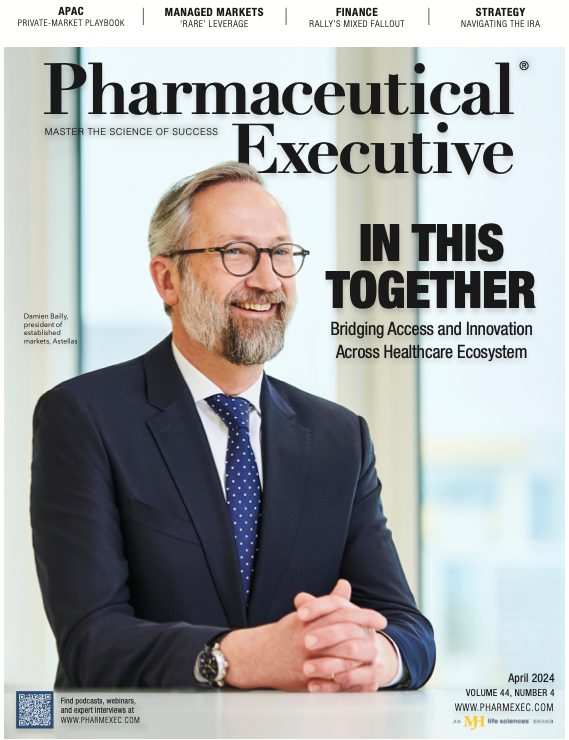Power in Partnering
Efforts to partner and collaborate within the life sciences industry—and externally with governments, regulators, and others—have taken on added weight in recent years.

Ever since the onset of the COVID-19 pandemic, now more than four years ago, partnership and collaboration within the life sciences industry—and externally with governments, regulators, healthcare providers, public health agencies, etc.—have taken on added significance. And announcements of such efforts—just think back to the unprecedented development and deployment of COVID vaccines—seem to come with more weight these days.
Pharma leaders, perhaps more than most, understand this dynamic, with many calling attention to the importance of seizing on the partnership, or simply, the “working-together” momentum of recent years to drive further innovation in patient care, while breaking down continued barriers to patient access of critical therapies. And of course, doing so not just within specific markets or regions, but across borders and into diverse geographies and patient populations. Take 30-plus-year pharma veteran Damien Bailly, the subject of this month’s executive profile. In our interview with the Astellas president of established markets, his prevailing message was just that: the industry has a shared mandate and goal to better align today’s wonderful advances and breakthroughs in therapeutic innovation with the avenues and channels to bring these treatments to those people that need them most.
“Access is a big matter for the entire healthcare ecosystem,” he tells editor Mike Hollan. “We’re seeing an evolving picture where, on one hand, you have life-long treatments for conditions like Crohn’s disease. On the other hand, there are highly specialized–but potentially curative–technologies that work once. This contrast inevitably leads to the question about how society funds innovation, which is something that requires us to have the partnerships and collaborations that ensure that patients have access to new medicines today and in the future.”
That also means reshaping individual businesses internally, something Bailly says Astellas is focused on. For example, applying technologies such as AI into more functions, revamping drug discovery approaches, and encouraging new and inventive ways to engage. “It starts and ends with the patient,” he says. “Whatever we do, it’s because patients are waiting. It’s a mindset.”
Thanks for reading.
Mike Hennessy Jr. is President and CEO of MJH Life Sciences.

Addressing Disparities in Psoriasis Trials: Takeda's Strategies for Inclusivity in Clinical Research
April 14th 2025LaShell Robinson, Head of Global Feasibility and Trial Equity at Takeda, speaks about the company's strategies to engage patients in underrepresented populations in its phase III psoriasis trials.
Beyond the Prescription: Pharma's Role in Digital Health Conversations
April 1st 2025Join us for an insightful conversation with Jennifer Harakal, Head of Regulatory Affairs at Canopy Life Sciences, as we unpack the evolving intersection of social media and healthcare decisions. Discover how pharmaceutical companies can navigate regulatory challenges while meaningfully engaging with consumers in digital spaces. Jennifer shares expert strategies for responsible marketing, working with influencers, and creating educational content that bridges the gap between patients and healthcare providers. A must-listen for pharma marketers looking to build trust and compliance in today's social media landscape.
Pfizer Discontinues Development of Danuglipron for Chronic Weight Management
April 15th 2025Despite meeting key pharmacokinetic goals, a potential case of drug-induced liver injury led Pfizer to conclude that danuglipron’s risk-benefit profile did not support further development for chronic weight management.